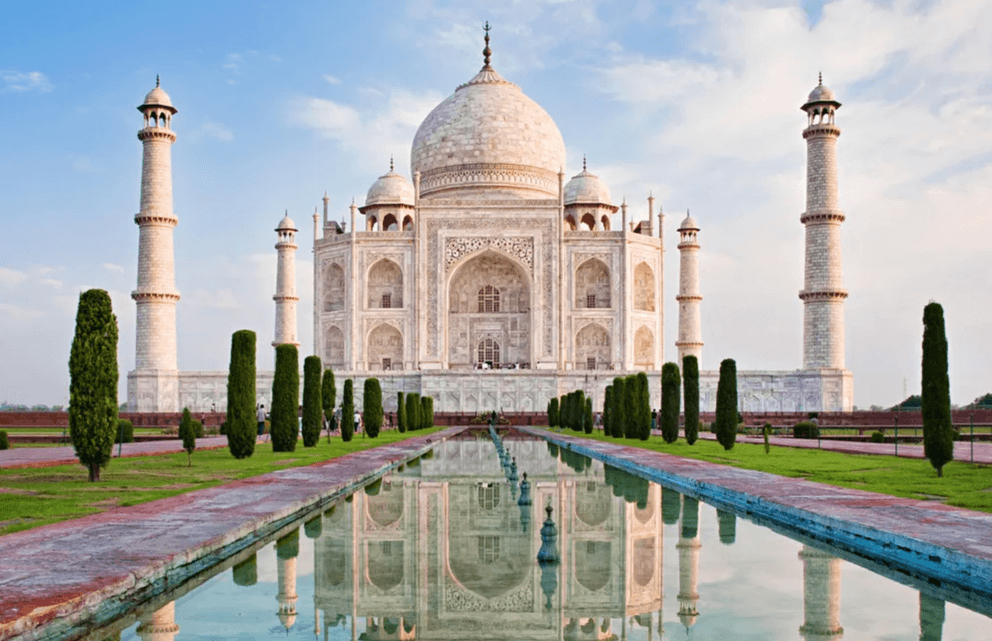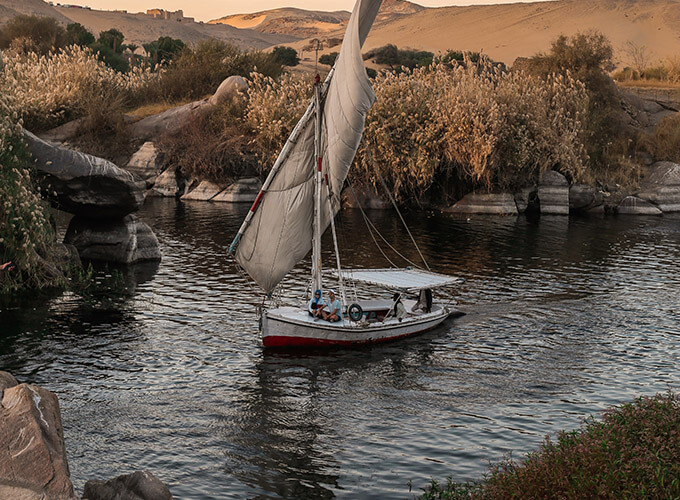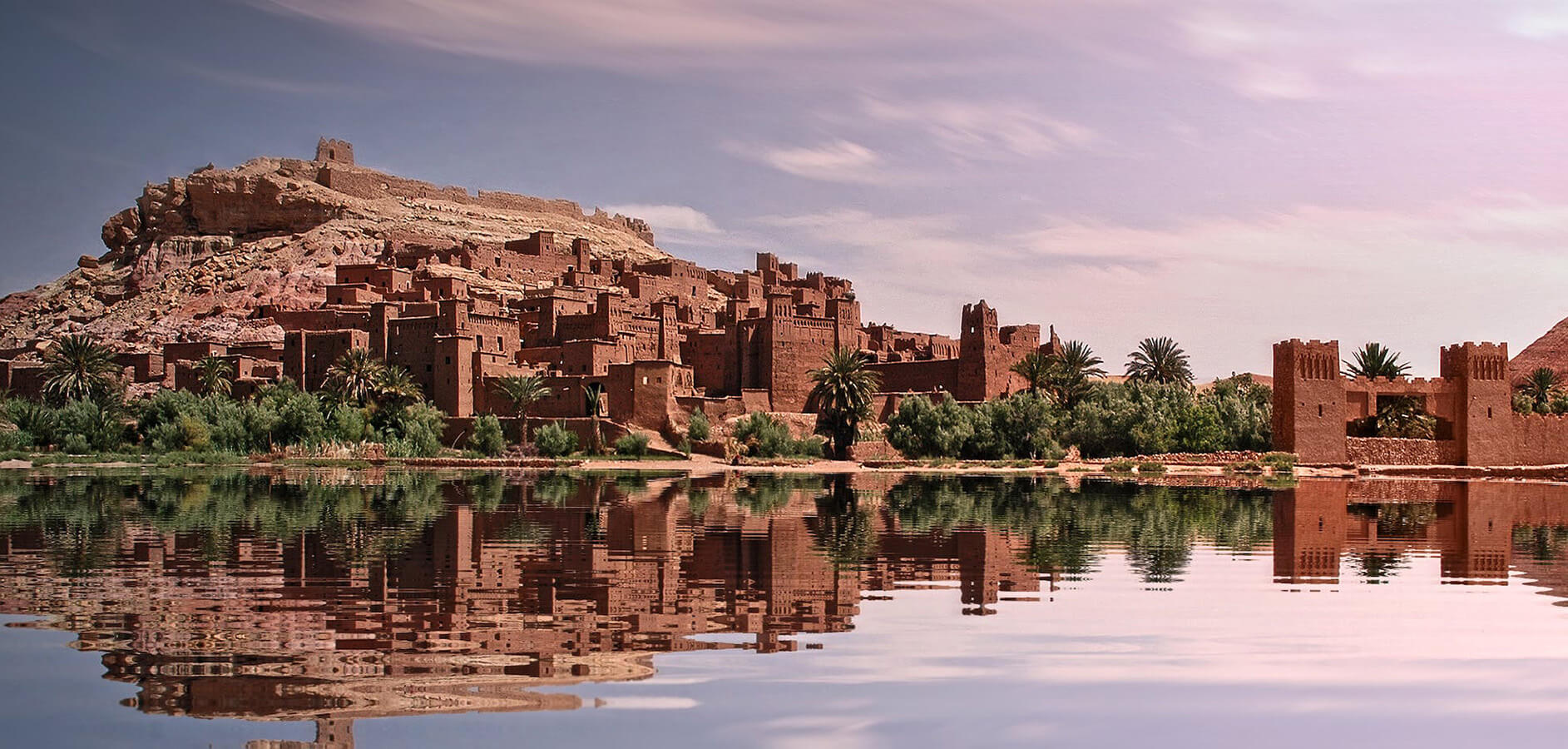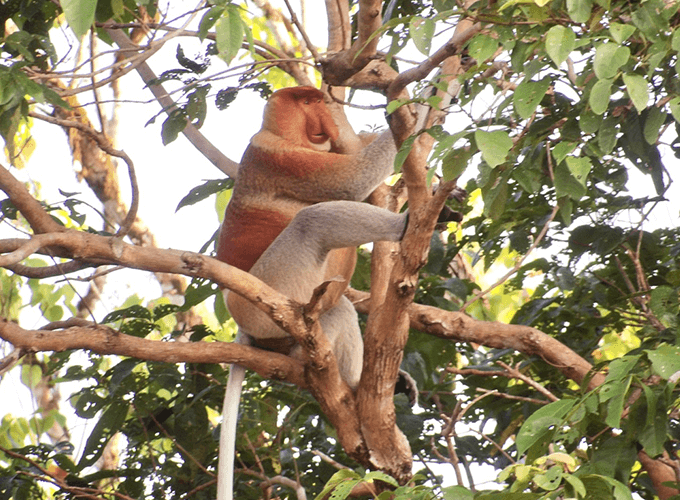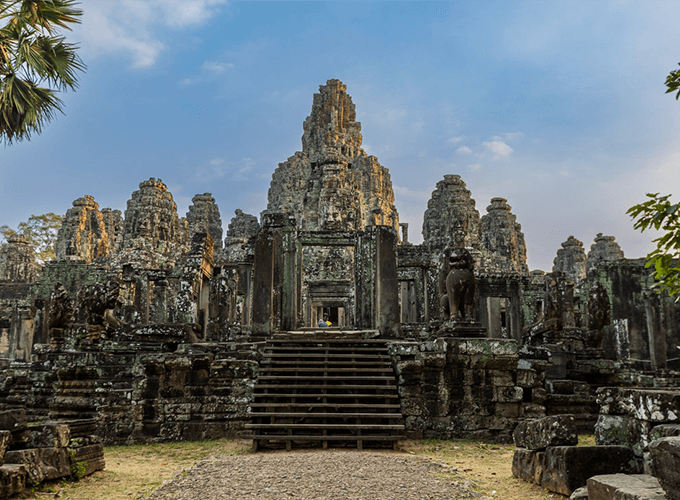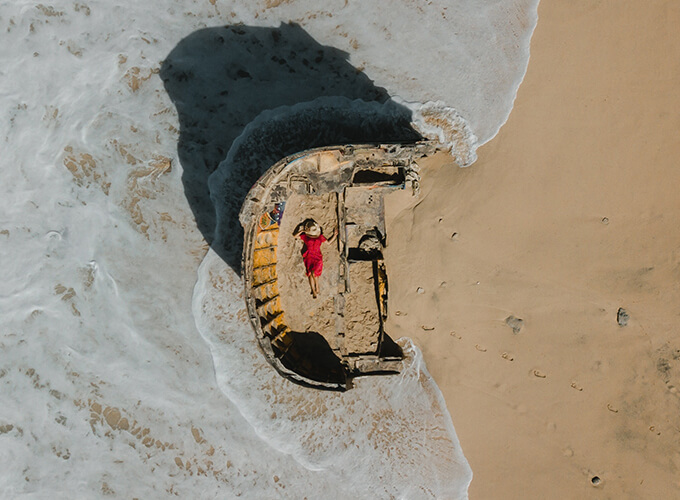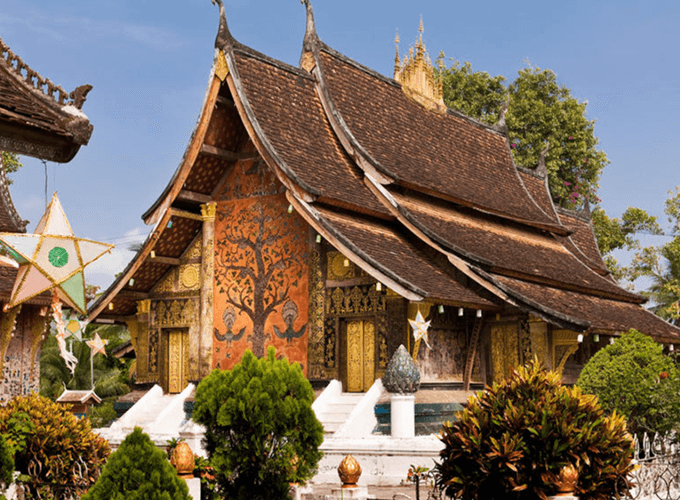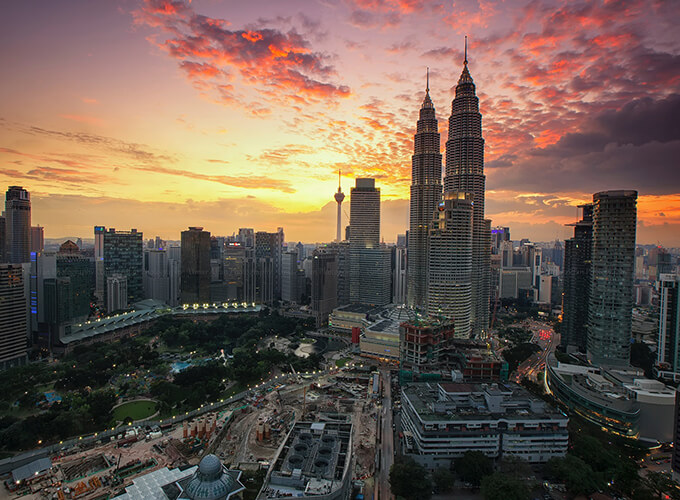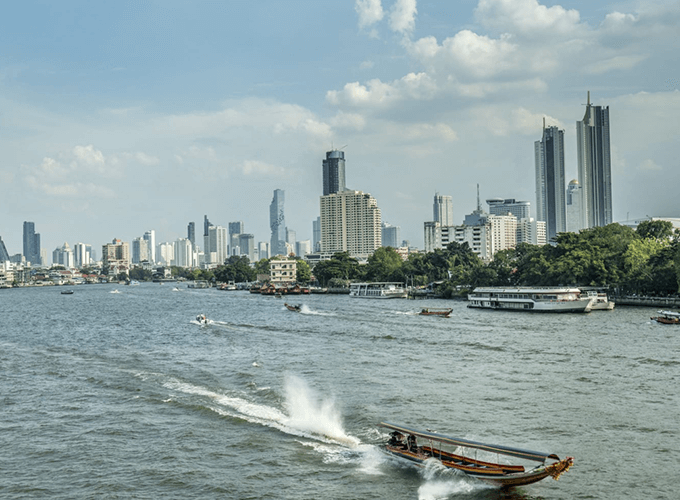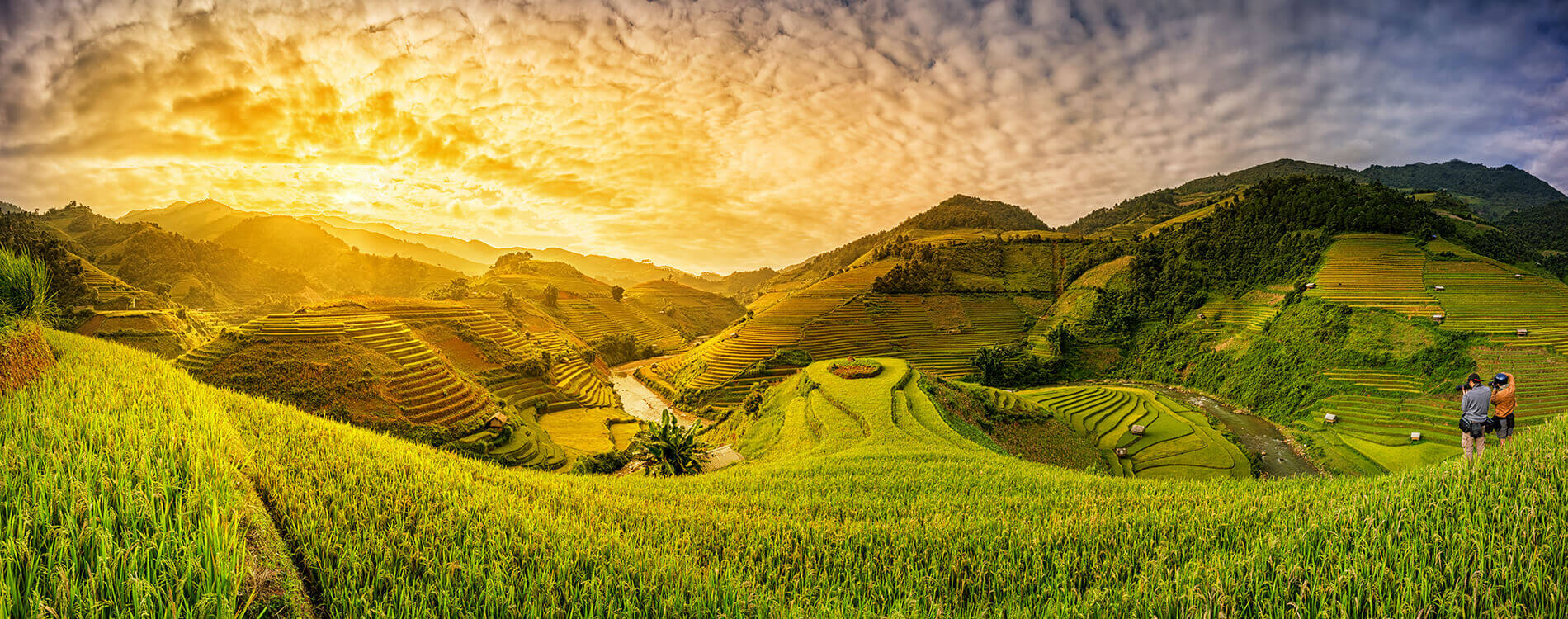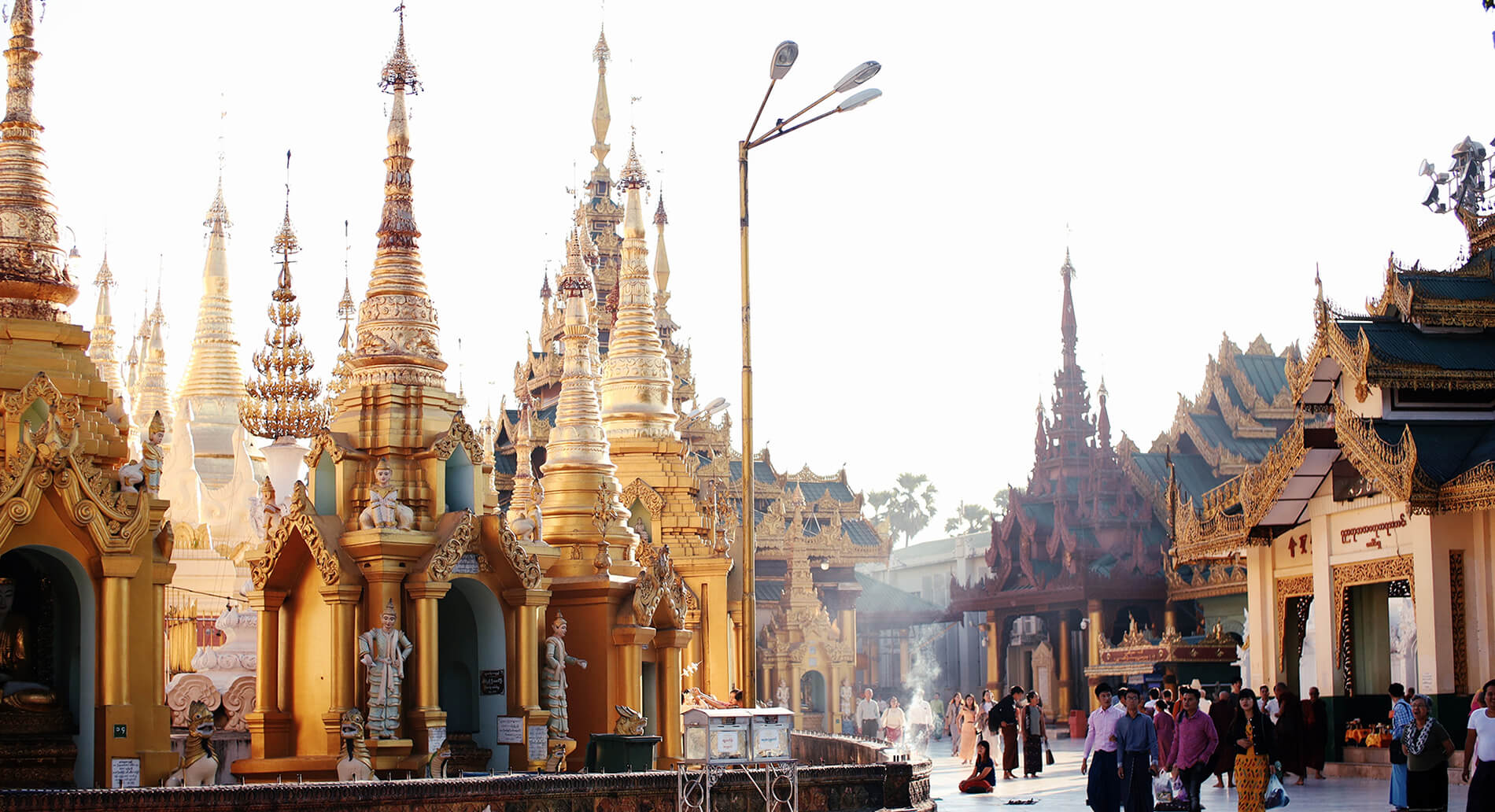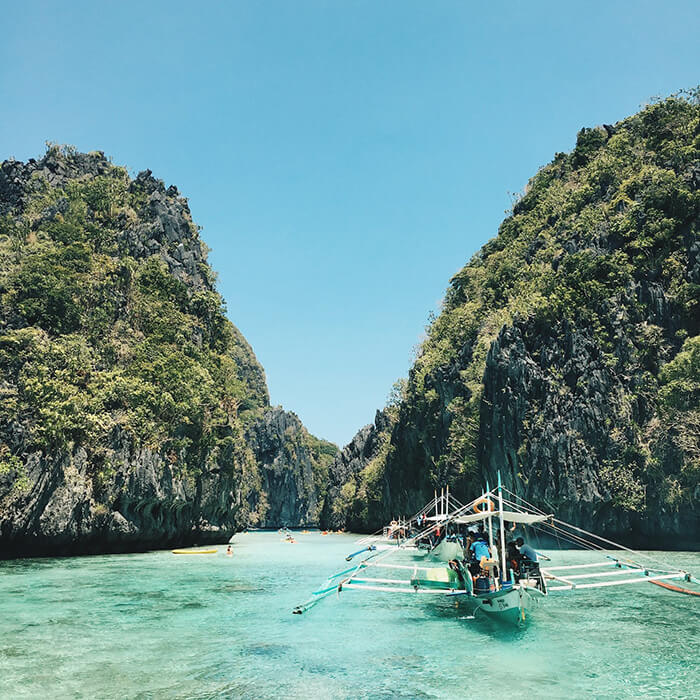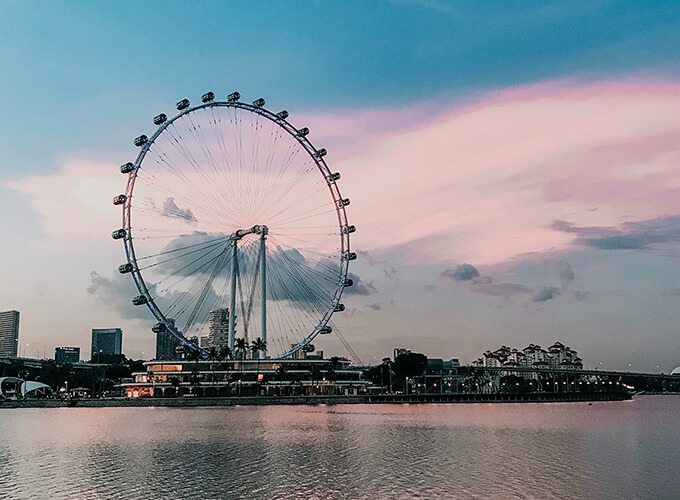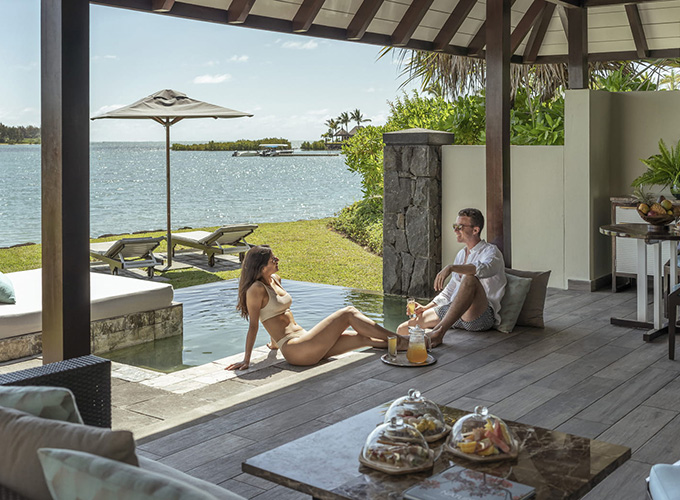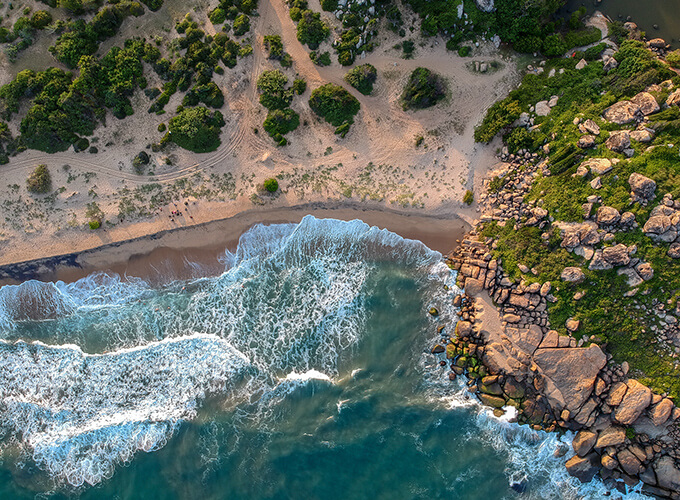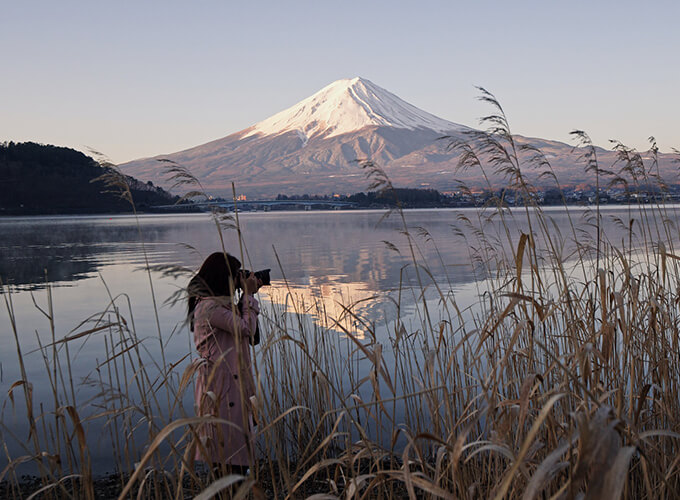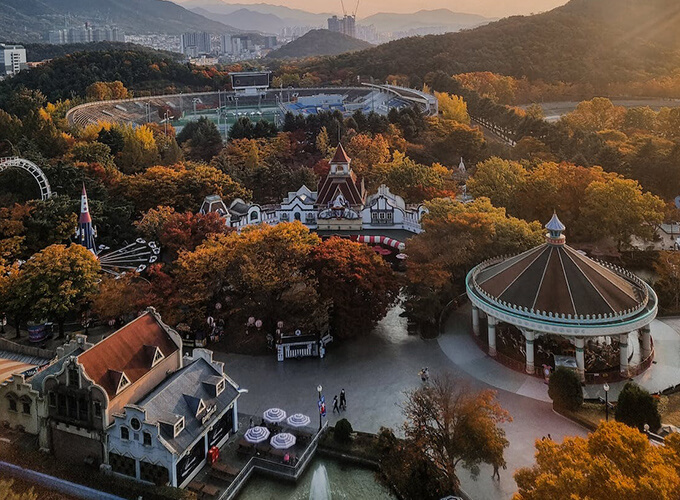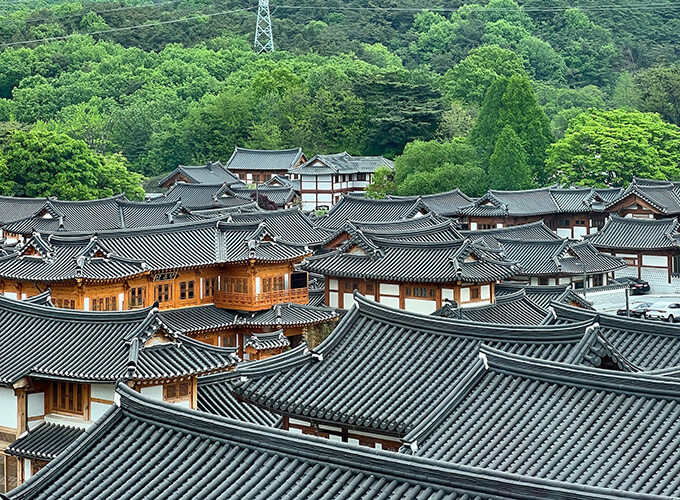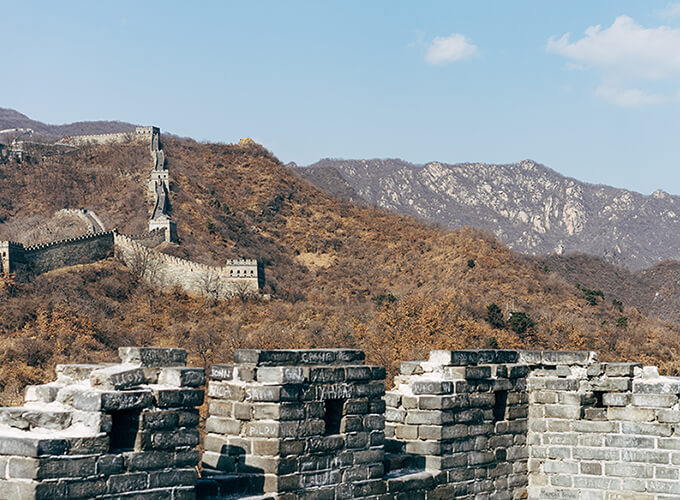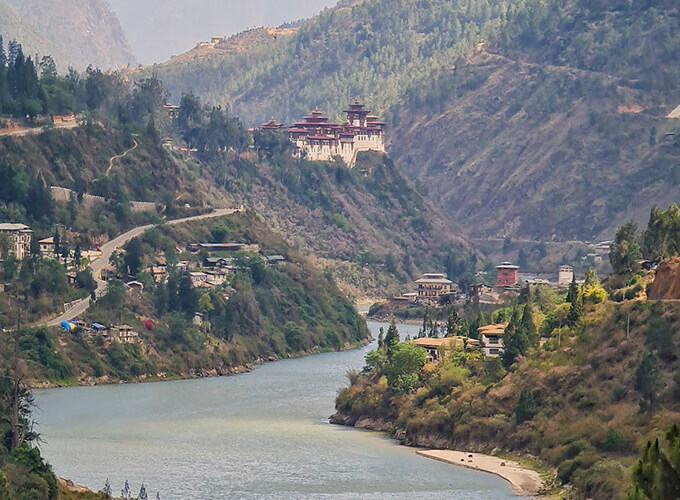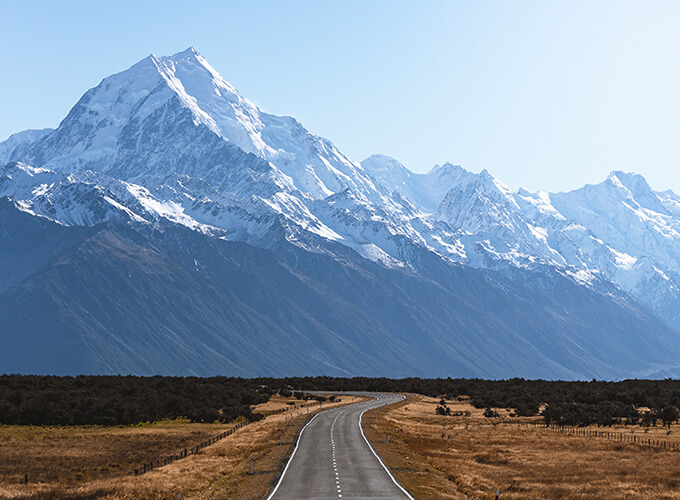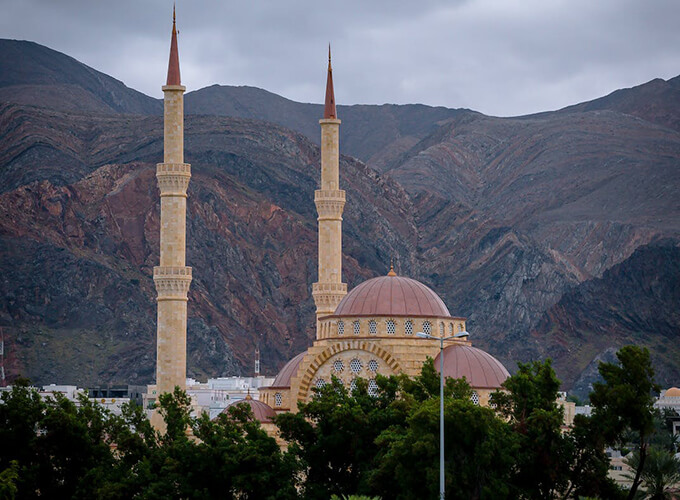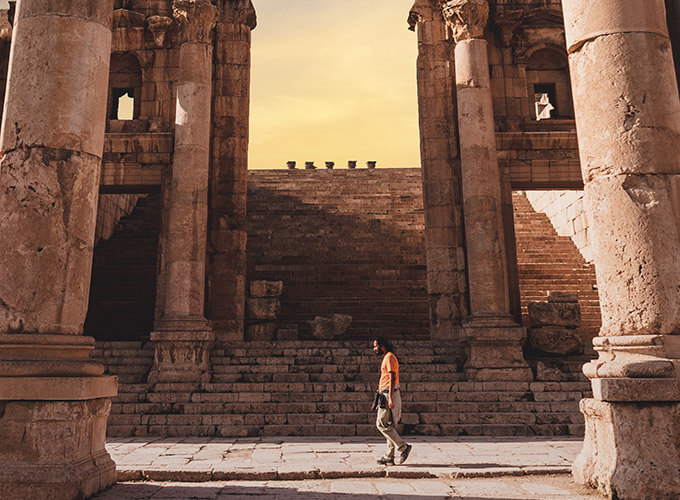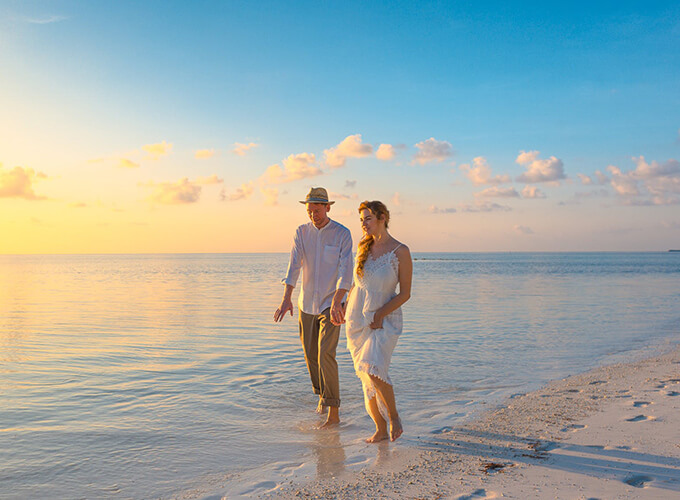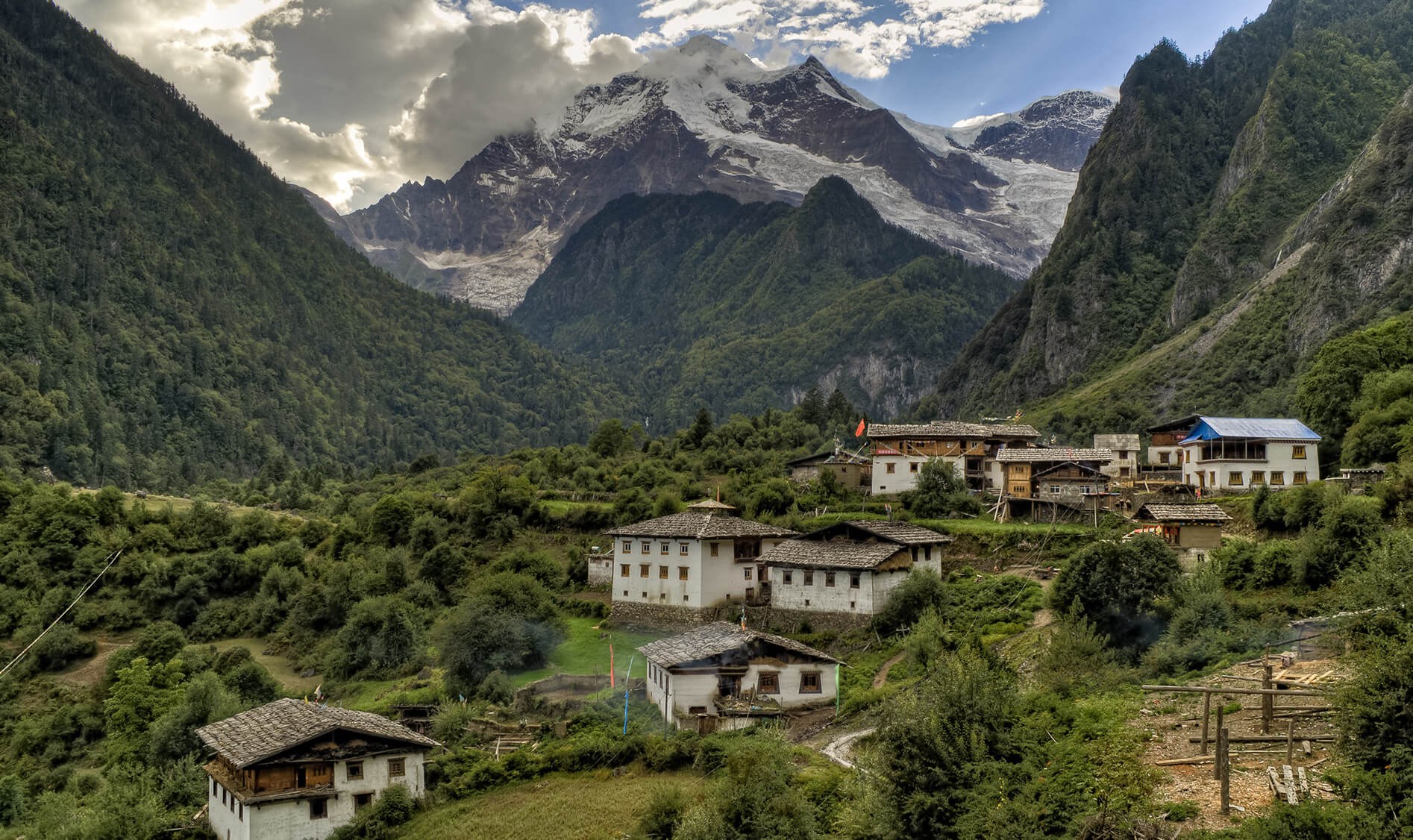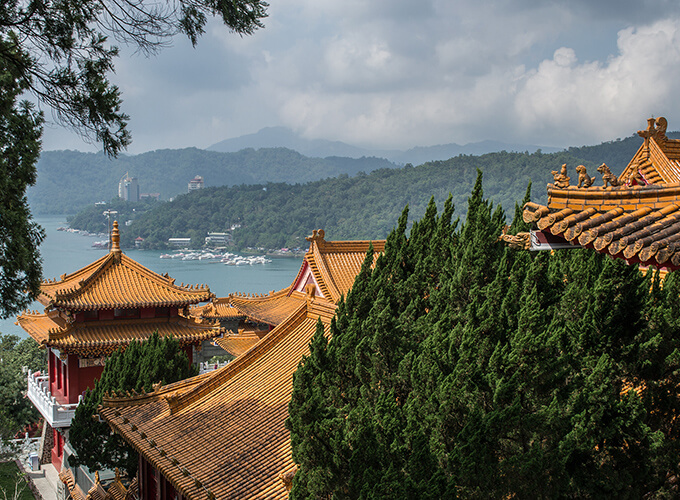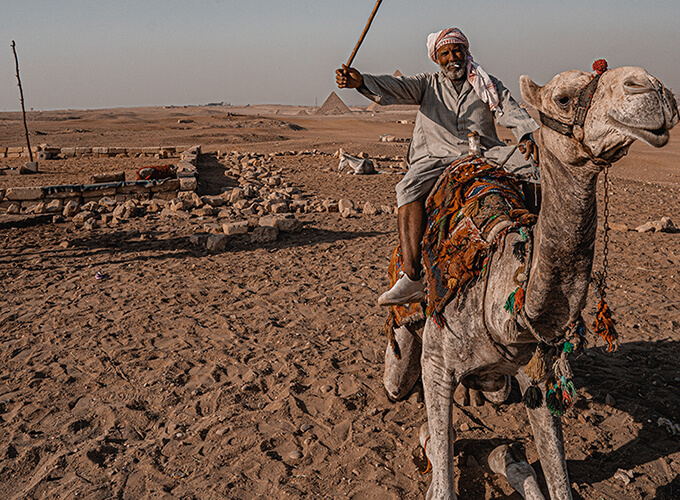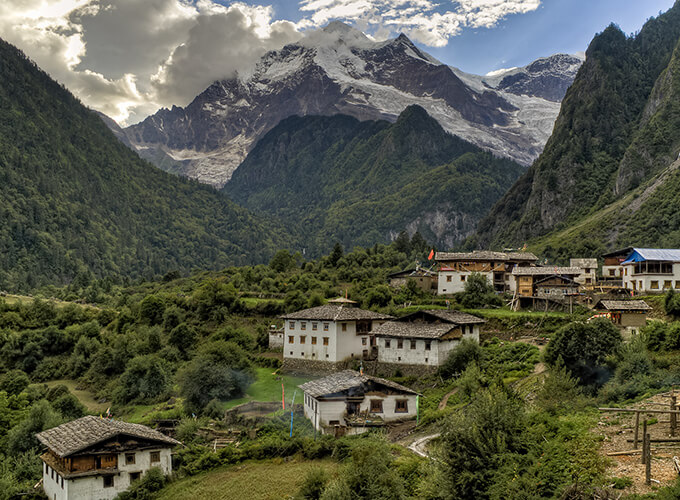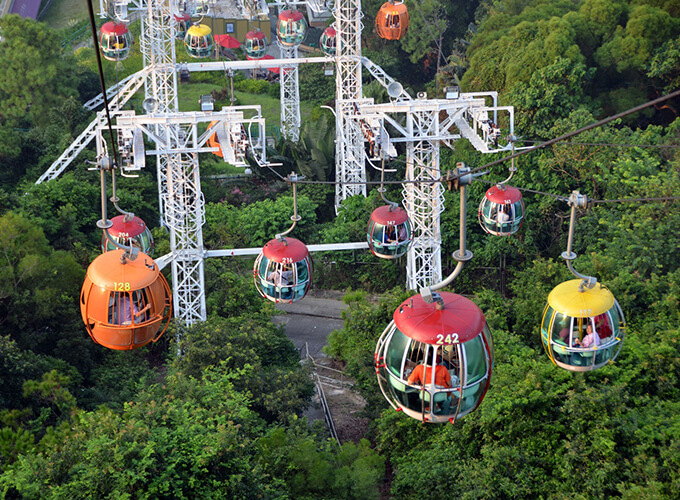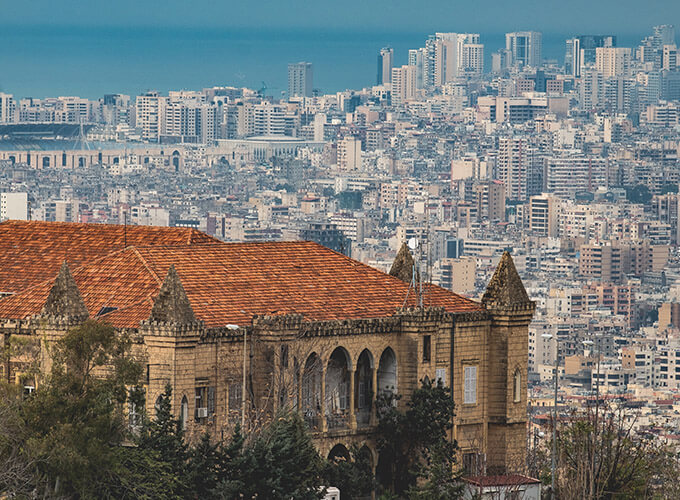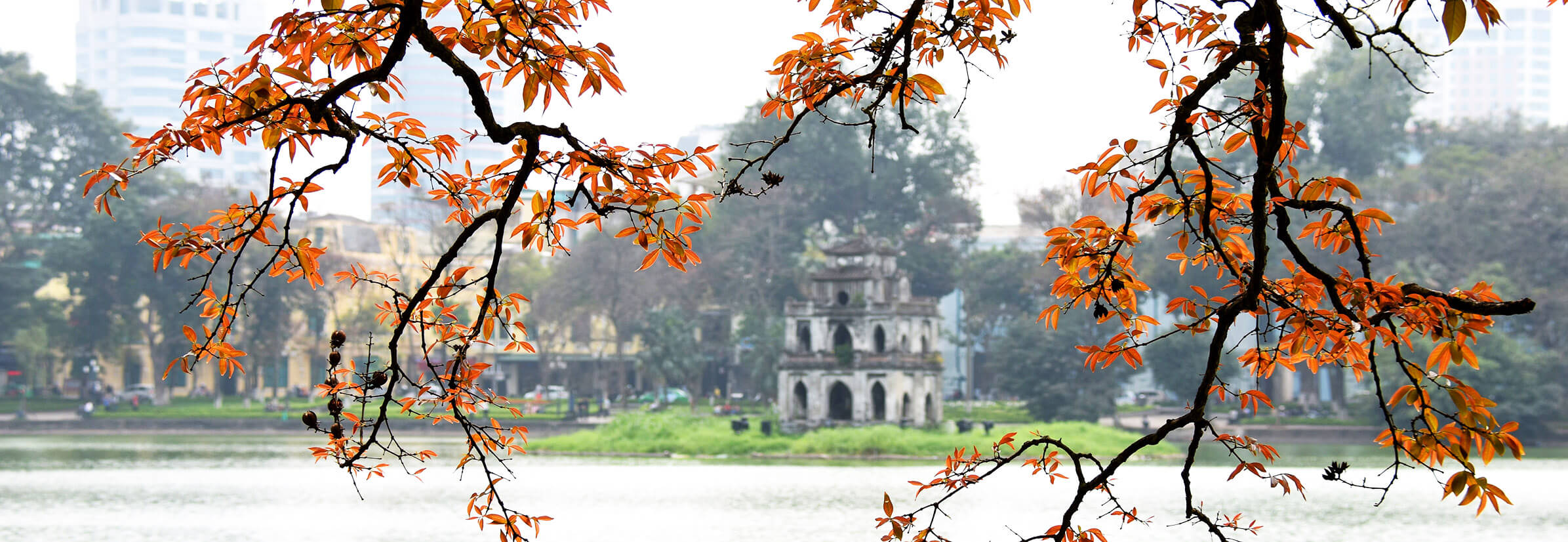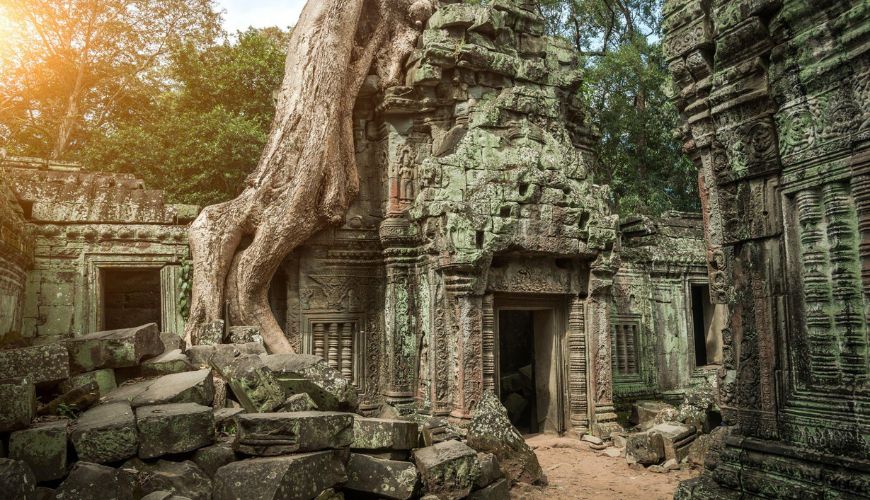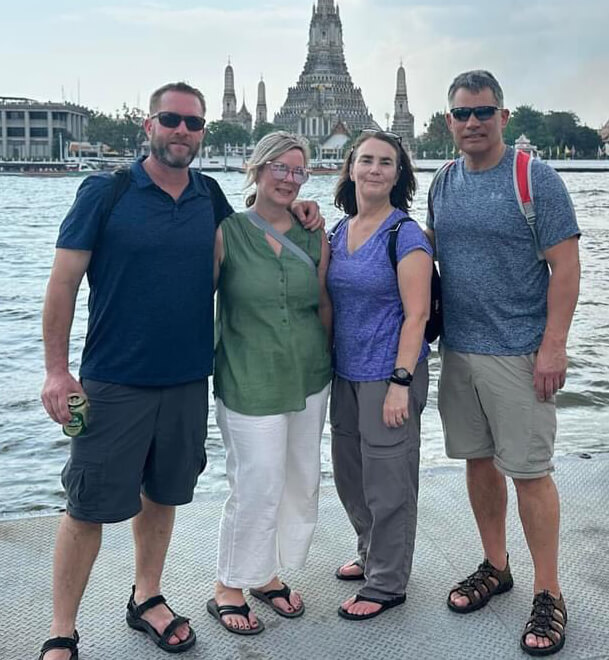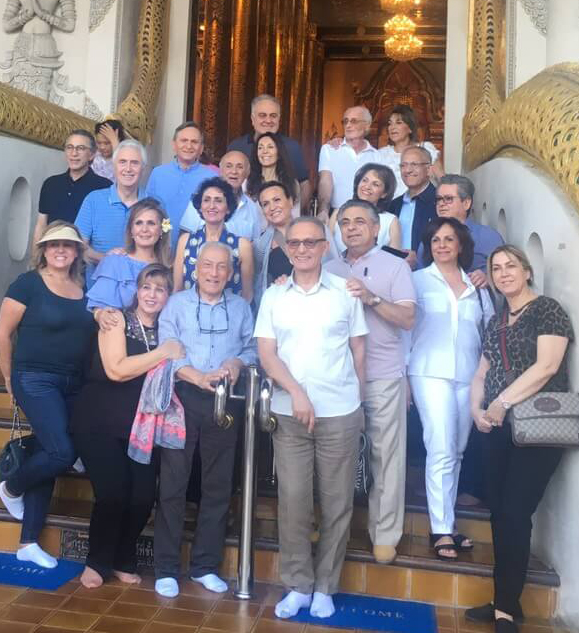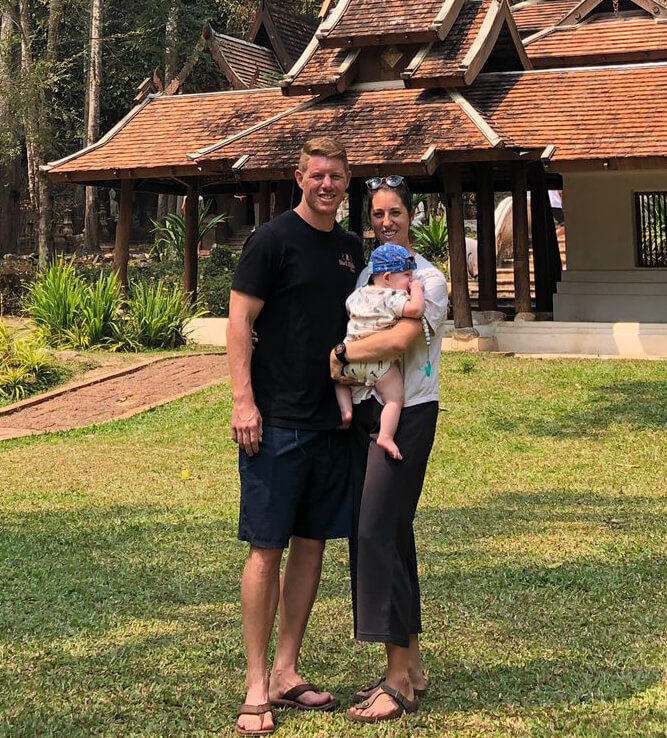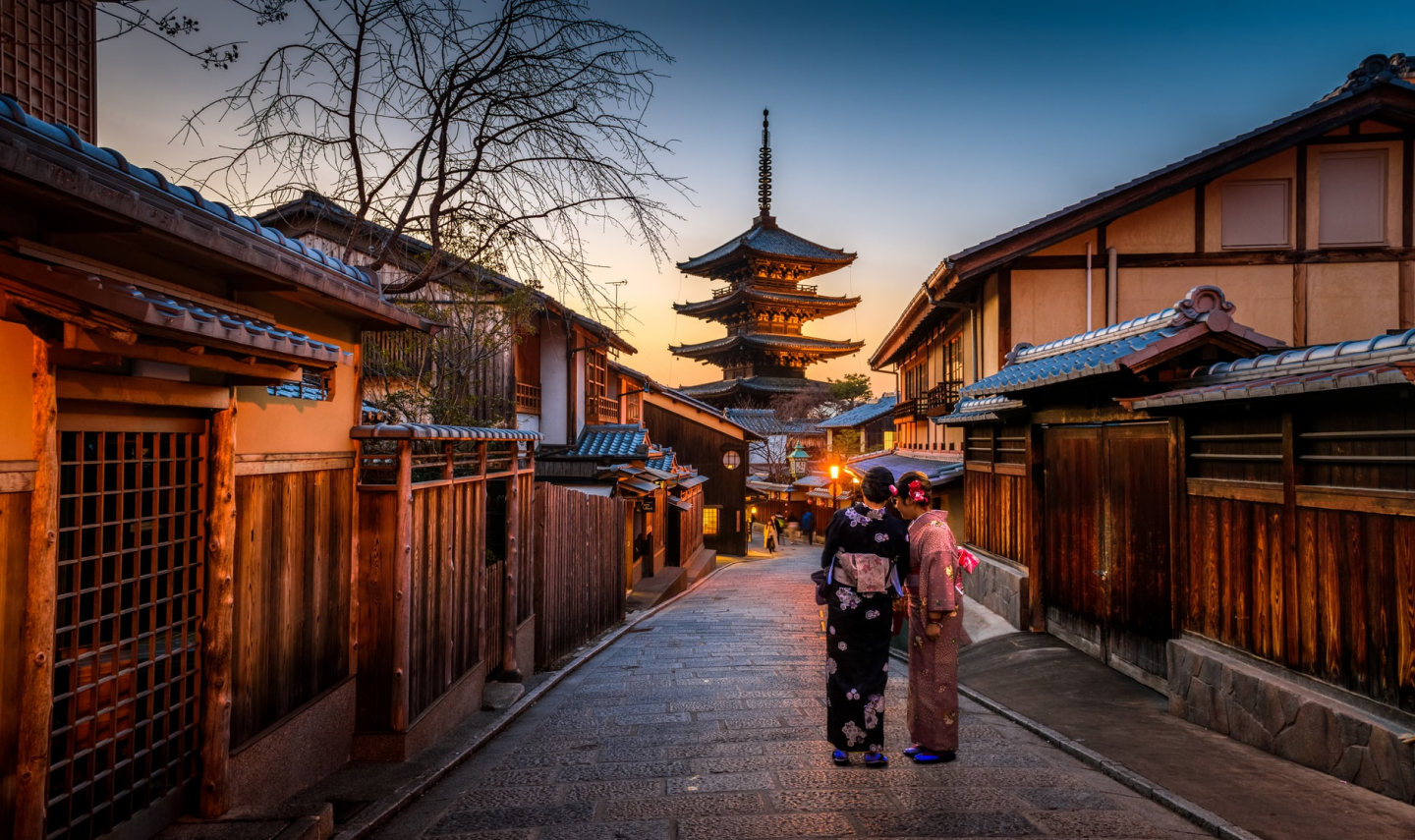Sri Lanka - Getting to know the Cultural Triangle
Five UNESCO World Heritage sites, one excellent National Park, all within four hours drive - little wonder that Sri Lanka’s ‘Cultural Triangle’ region is a huge draw. Its temptations include the 2,000 year old cave temples of Dambulla, the impressive ruins of Anuradhapura and Polonnaruwa (Sri Lanka's first & second capitals, from about 300 BC-1215 AD), an extraordinary rock fortress called Sigiriya, and the ancient-but-still-thriving sacred city of Kandy… and we haven’t even mentioned Minneriya NP, with its huge herds of elephants.
Sri Lanka The Cultural Triangle Travel Guide
For many who visit Sri Lanka, the area known as the 'Cultural Triangle' is the sole reason to visit the spice island; others consider it a remarkable bonus. It’s home to five of Sri Lanka's seven UNESCO World Heritage Sites, and easily rivals Myanmar's Bagan region and the Angkor temple complex in Cambodia.
Whilst Sri Lanka undoubtedly offers many wildlife and cultural highlights - as well as the odd nice beach (read 'dozens') - the Triangle will likely become a highlight of your trip, if not the place you enthuse about most on returning home. Along with its world-renowned sites, it contains scores of other temples, ruins and dagobas that are very much worth a visit, despite not holding the much-revered UNESCO status.
The actual Triangle has Anuradhapura as its northern corner, with Polonnaruwa marking the east and Kandy the southernmost points. Sigiriya and Dambulla sit near the centre, not far from the fantastic Minneriya National Park - handy if you fancy some wildlife mixed in with your ancient wonders. Minneriya centres on a reservoir built around 300 AD, and is visited once a year by the largest gathering of Asian elephants in the world.
What to do in the Cultural Triangle
Climb the stone steps to the Golden Temple of Dambulla, which has drawn pilgrims for 22 centuries. It comprises five inner sanctums, dug into a rocky outcrop & filled with gleaming Buddhist icons.
Marvel at the Sacred City of Anuradhapura, which began to flourish in 288 BC around a fig tree grown from a cutting of the Buddha’s own tree of enlightenment. The city became the first capital of Sri Lanka, & a key Buddhist centre. The tree still flourishes today, amidst several square miles of ancient architecture.
Stroll beside tranquil mandala-ponds & admire elegant impressive religious statues in Polonnaruwa, an ornate Hindu garden city.
Relish the dramatic views from Sigiriya, a fortified citadel perched atop a 180m high granite outcrop, which juts from a flat jungle-covered plain.
Get a sense of the scale of the region by going up in hot air balloon!
Sri Lanka’s 3rd century irrigation engineers used inventions that didn’t reach Europe til the 1800s
Although very much part of the Triangle, the Sacred City of Kandy is no ruined metropolis - it’s a thriving, charming city that’s very much alive, in a beautiful mountain setting en route between the central Cultural Triangle’s and Tea Country or Colombo. Founded during the 1300s, Kandy is Sri Lanka’s second largest city, and world-famous for its temple, which protects one of the Buddha’s teeth and attracts thousands of pilgrims each year.
Minneriya National Park protects a crucial water source that has helped this hot dry area to thrive for nearly 2,000 years - it’s known as the ‘Minneriya Tank’, and was built by one of the kings of Anuradhapura to supply his citizens with water and freshly grown crops.
Now, it irrigates a lush landscape populated by macaques, langurs, leopards, deer, hundreds of bird species and several large reptiles. Most famously, the reservoir attracts hundreds of migrating elephants, who stop off each year during dry season to snack on vital vegetation sustained by the steady water supply.
Read more about the Cultural Triangle's highlights
Conveniently close to Sigiriya Rock, the approach to ancient Polonnaruwa - with the vast but placid Parakrama Samudraya reservoir on one side and lush vegetation on the other - is almost as impressive as the ruins themselves, and Polonnaruwa is home to some astonishing ancient architecture and carvings.
The city is set on the banks of one of the region's huge man-made reservoirs, created by King Parakramabahu I during the 12th century AD. These tanks ensured that large populations could live more comfortably Sri Lanka's arid central regions. Even with today’'s machinery, a reservoir of this size would be a monstrous undertaking - this one was built with basic tools and man-power.
Close to the reservoir, a statue shows the king without a shirt and holding an ox yoke, signifying a unity with his people; a theme still reflected in the Royal Ploughing Festivals in Thailand and Cambodia today.
The ancient capital itself is spread across a vast area, and contains many fine carvings and ruins. You can easily spend a day wandering the site - the Sacred Quadrangle alone can fill an hour of happy exploration. Amongst the highlights are four huge Buddha’s carved into a single rock face, including an amazing lying Buddha and another considered by many experts to be one of the finest Buddha carvings to be found anywhere in the world today.
The King's palace is the only building here with any walls still in tact - once seven storeys high, his Audience Hall and council chambers now exist as large stone platforms, topped with ruined walls, grand stairways, pillars and stone carvings. The Audience Hall's wall of carved elephants is particularly interesting, as each elephant is uniquely posed.
A little further on, you'll find the King's well preserved baths, where perfumed (so experts believe) water was kept cool on hot days by the masses of stone beneath it, while the nearby 'shower bath' once sprayed a constant cloud of water onto privileged bathers.
Just north of the Palace, the Sacred Quadrangle contains several significant dagoba and temples, including one whose Buddha statue once had sapphires for eyes - these caught the early morning sunlight that shines through strategically placed holes in the roof, and reputedly flooded the whole room with blue light. Nearby, the vatagage features four Buddha statues - to reach it, you cross the Moonstone, a semicircle of finely carved elephants embedded in the threshold.
Polonnaruwa can be explored by car or by bike if you prefer (be prepared for some quite long rides between various ruins) and there is also a fantastic museum, which demonstrates how the buildings would have looked in their prime.
Speak to one of our
Concierge specialists
Start planning your tailor-made trip by contacting one of our Concierge specialists




